I have asked previously about the properties & shielding of the "static" magnetic field previously, where I have determined that static fields are hard to shield.
However what I am really interested in, is that is it possible to shield against an alternating magnetic field, in the sense that can the information itself be blocked?
When I refer to shielding I don't just refer to EM shielding but also information shielding.
For example:
- We put a radio transciever a metalic box to act as a shield.
- The metalic box can easily shield against the electric field going out or going into the box, therefore we can't send out signals from the box, since the electric field is blocked by the shield.
- So far so good, the electric field doesn't leak information, however that electric field can have an alternating magnetic field. (static field doesn't matter as pointed out above)
- So if we put a magnetometer ouside the shield, can the magnetometer pickup the signal from the transciever? It may be electrically shielded, but the magnetometer looks for the magnetic field, and therefore the information can go out via the magnetic field?
Some people have pointed out that eddy currents could be generated by the alternating magnetic field , that would manifest itself in the shield. So the eddy currents would cancel out the change in the alternating magnetic field, and make it static.
So I don't quite understand this phenomena, my point is, I don't care if a static magnetic field goes out from the box, which will inevitably do according to the answers on my earlier question.
- So a static magnetic field will go out, but that's no issue (since it can't carry information)
- But will the alternating magnetic field succesfully be stopped by the eddy currents, or will the magnetometer pickup the information leaking out from the box?
In other words, can information be sent out from an electrically shielded environment via alternating magnetic fields? How effective is an electrical shield against information blocking that may be carried by magnetic waves?
